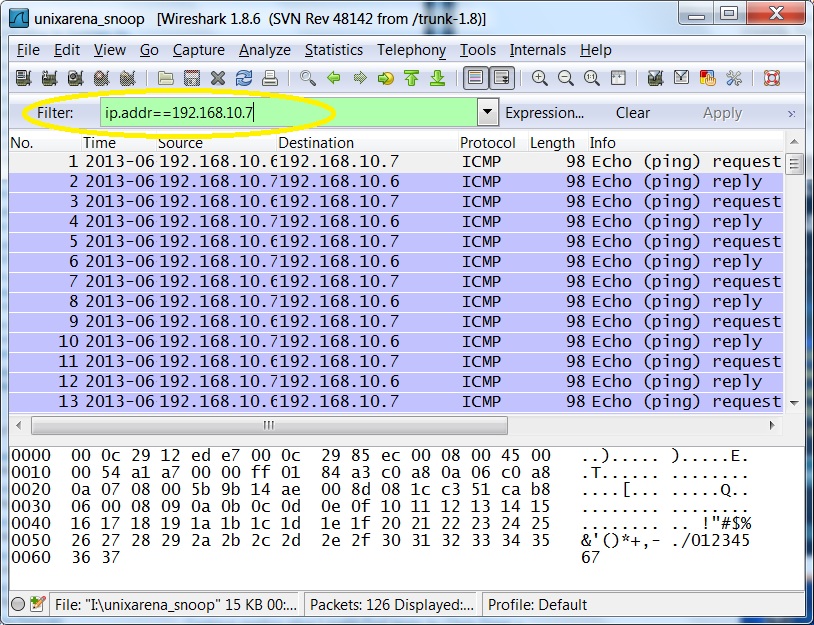

For example, open the ARPDuplicateIP.pcap file and apply the arp.duplicate-address-frame filter, as shown in the screenshot: Wireshark is providing the following information in this case. Use the arp.duplicate-address-frame Wireshark filter to display only duplicate IP information frames. Quit without Saving to discard the captured traffic. Wireshark detects duplicate IPs in the ARP protocol. Close Wireshark to complete this activity.Click Clear on the Filter toolbar to clear the display filter.Device constantly re-authenticating and switching between 2.4 GHz/5GHz.
• Observe that the Packet List Pane is now filtered so that only traffic to (destination) or from (source) IP address 8.8.8.8 is displayed. V4 In the conversations window adding a filter with Select and A<->B doesnt take the correct IP addrs to the Display Filter.Type ip.addr = 8.8.8.8 in the Filter box and press Enter.Use ping 8.8.8.8 to ping an Internet host by IP address.Īctivity 2 - Use a Display Filter.Wireshark does not understand the straightforward sentences filter out the TCP traffic or Show me the traffic from destination X. if you want to see only the TCP traffic or packets from a specific IP address, you need to apply the proper filters in the filter bar.



The filter uses the slice operator to isolate the 1st and 4th bytes of the source and destination IP address fields. Those values, 32 and 98 are hexadecimal values for 50 and 152, respectively.


 0 kommentar(er)
0 kommentar(er)
